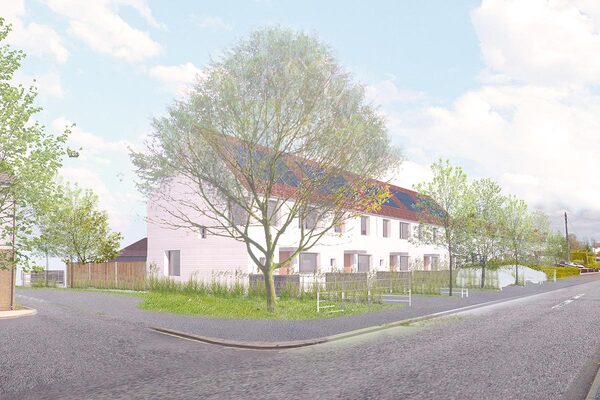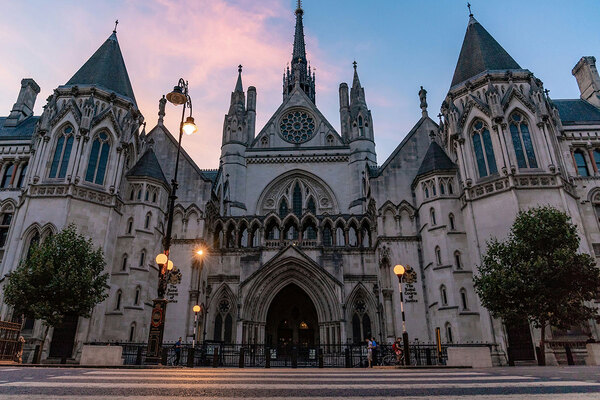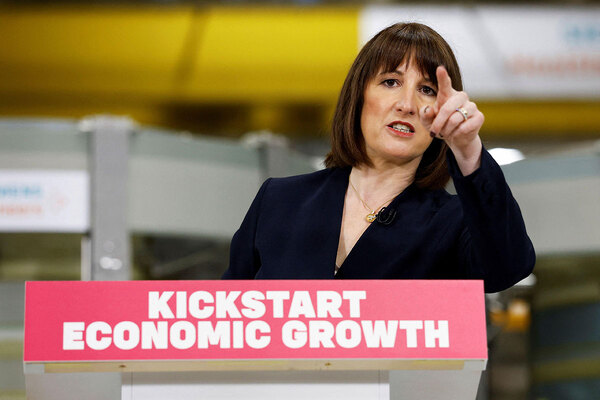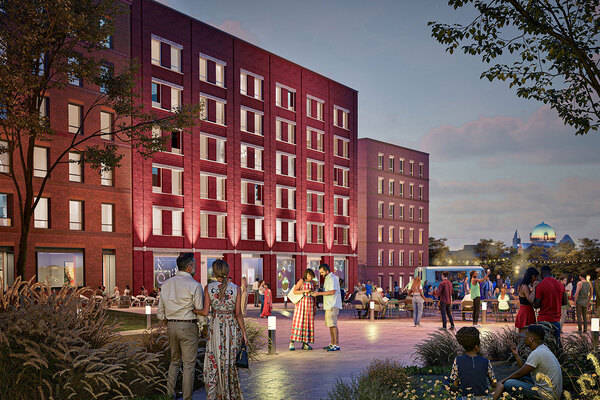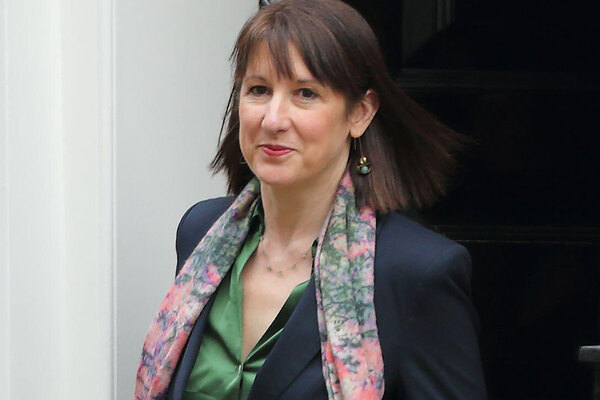You are viewing 1 of your 1 free articles
Housing 2024: Vistry warns cutting solar panels from Future Homes Standard could double energy bills
Cutting solar panels from the Future Homes Standard could double energy bills in new build homes, house builder Vistry Group has said.
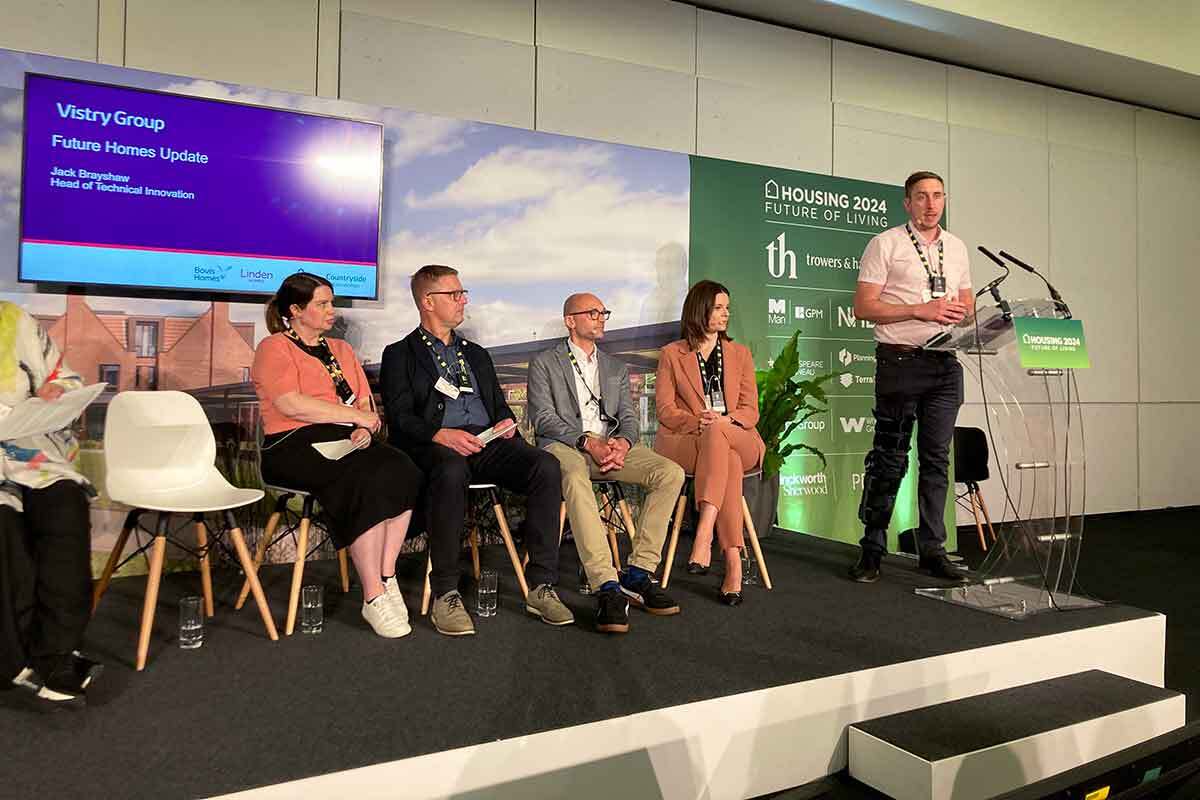
Jack Brayshaw, head of technical innovation at Vistry, urged the government to be stricter with its forthcoming building regulations, which are set to be introduced next year.
Speaking at a panel discussion at the Housing 2024 conference in Manchester, Mr Brayshaw argued that one of the proposed options for the Future Homes Standard would amount to a step back for new build standards.
Currently, new homes can still be built with gas boilers but they must also include solar panels, which lower the resident’s energy bills.
The government has proposed two options for the Future Homes Standard: one that will require new homes to be built with an air source heat pump, solar panels and a waste water heat recovery system, and one that will just require an air source heat pump.
In the UK, air source heat pumps and gas boilers generally cost a similar amount to run. But Mr Brayshaw explained that not installing solar panels would raise bills for residents.
“It is quite contentious really, especially from an energy bill perspective, just to have that air source heat pump,” he said. “That will then mean that energy bills will rise from 2021 regulations.”
From current regulations, he continued, “if option two comes in, energy bills would potentially double”.
Mr Brayshaw said that the house builder had urged the government to choose option one for the Future Homes Standard and mandate solar panels. “It doesn’t really sit within Vistry’s strategic priorities that energy bills will rise,” he said.
However, he also said that the standards should be more flexible around the number of solar panels required to ensure they fit on all of Vistry’s roof types.
Results from the government’s Future Homes Standard consultation are expected in late summer or early autumn, with the regulations starting to be implemented in 2025.
Mr Brayshaw added that the standard “is not the endgame” for new build, as it does not factor in whole-life carbon assessments or water efficiency. “We’ve still got lots to do to reduce our carbon footprint and get to net zero,” he added.
Fellow panellist Andrew Mellor, a partner at PRP architects, said that the Future Homes Standard does not go far enough in reducing carbon emissions.
He said he thinks what is missing is embodied carbon associated with the construction, repairs and demolition of homes.
“Homes are built for 60 years,” he said. “Why are they not designed for 100 years?”
Tom Shaw, investment director in the communities housing team at Man Group, supported the Future Homes Standard even though it would make construction more expensive.
As an institutional investor, he said, “it’s the right thing to do for the long-term value of the asset to invest now, upfront, to deliver high-quality homes that won’t need significant capital expenditure in 10 years’ time.”
Also at the conference earlier today, the British Property Federation published a code of governance aimed at for-profit affordable housing providers.
Sign up for our development and finance newsletter
Already have an account? Click here to manage your newsletters
